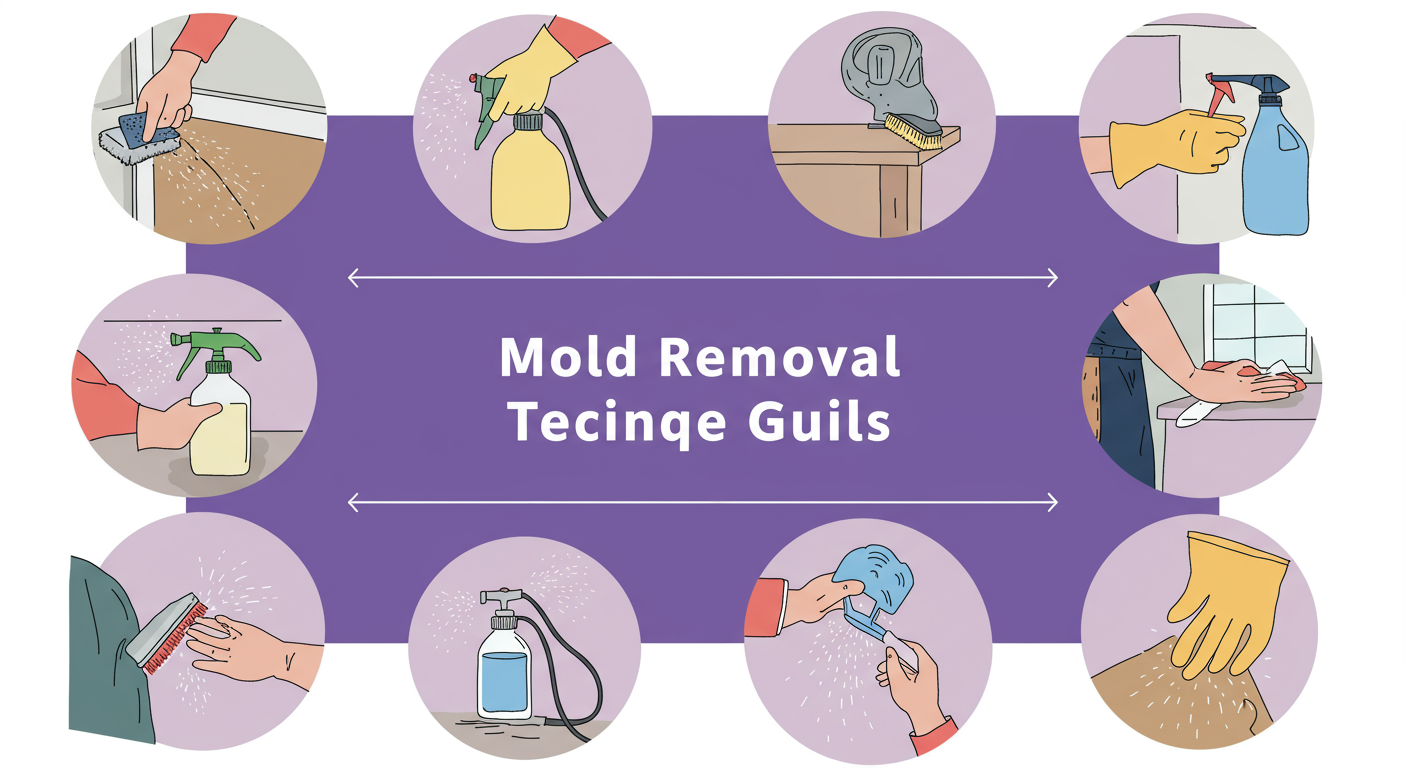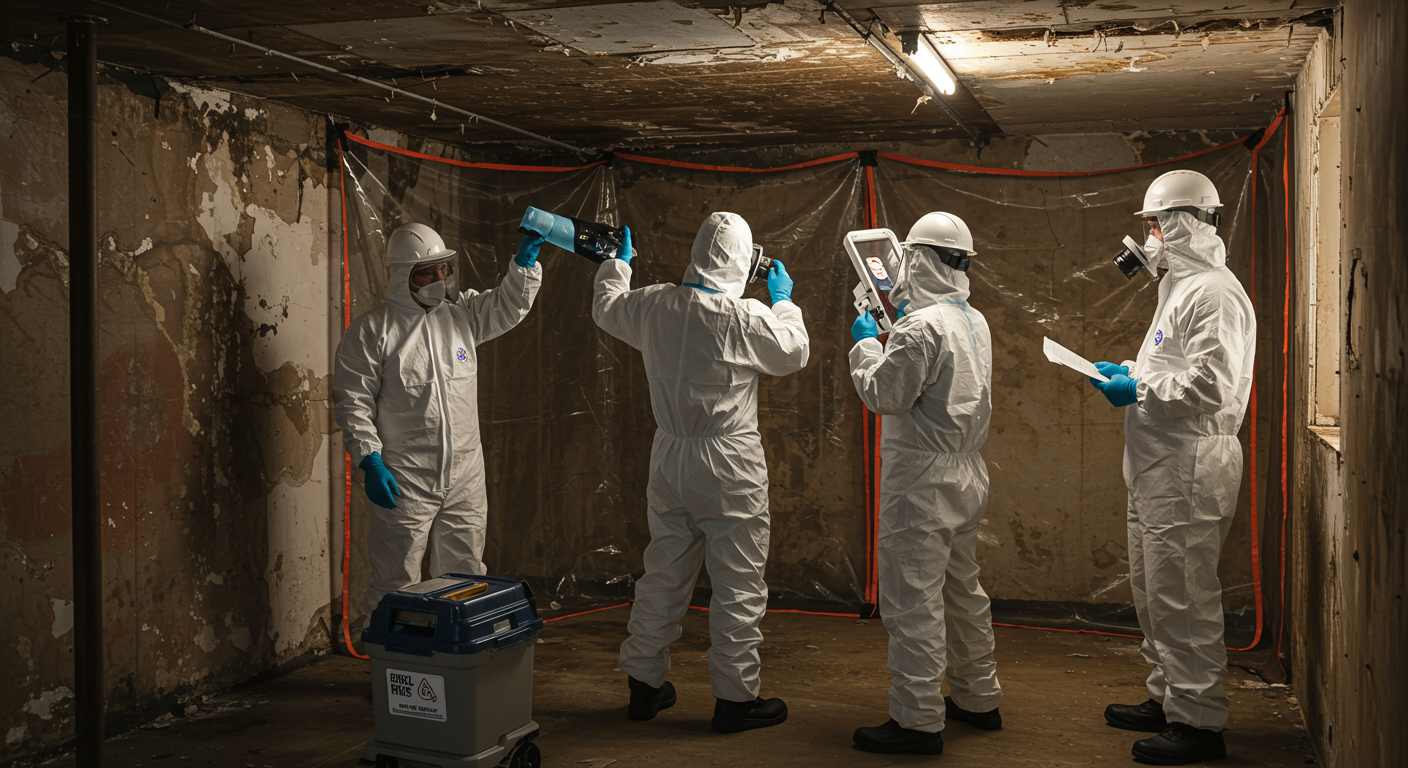Mold is a common household issue that can pose serious health risks and damage your property if left untreated. Whether you’re dealing with a small patch of mold or a widespread infestation, taking immediate action is crucial. This guide will walk you through everything you need to know about identifying, removing, and preventing mold growth in your home.
Understanding Mold: What You Need to Know
Mold is a type of fungus that thrives in damp, humid environments. It can grow on various surfaces, including walls, ceilings, furniture, and even clothing. Understanding the basics of mold is the first step in tackling this issue effectively.
Health Risks Associated with Mold Exposure
Exposure to mold can lead to a range of health problems, especially for individuals with allergies, asthma, or weakened immune systems. Common symptoms include respiratory issues, skin irritation, and headaches. Prolonged exposure can exacerbate these conditions, making it essential to address mold problems promptly.
Common Signs of Mold Growth in Your Home
Mold often starts as small, discolored spots on walls or ceilings. Other signs include a musty odor, peeling paint, and visible water stains. Pay close attention to areas prone to moisture, such as bathrooms, kitchens, and basements, as these are prime locations for mold growth.
Immediate Actions to Take When You Discover Mold
Discovering mold in your home can be alarming, but taking the right steps can prevent it from spreading further. Here’s what you need to do immediately.
Safety Precautions: Gear and Tools Needed
Before you begin any cleanup, ensure you have the necessary safety gear, including gloves, goggles, and a mask. This will protect you from inhaling mold spores or coming into direct contact with the mold.
Steps for Small Mold Cleanups (Less than 10 sq. ft.)
For small mold patches, you can handle the cleanup yourself using household cleaning solutions or a mixture of water and detergent. Scrub the affected area thoroughly and ensure it dries completely to prevent regrowth.
When to Call Professionals for Mold Removal
If the mold covers an area larger than 10 square feet or is located in hard-to-reach places, it’s best to call in professionals. They have the expertise and equipment to handle extensive mold infestations safely and effectively. Learn more about professional mold remediation services here.
Effective Mold Removal Techniques
Removing mold requires a systematic approach to ensure it’s completely eradicated. Here are some effective techniques to consider.
Recommended Cleaning Solutions: Chemical vs. Natural
Chemical solutions like bleach are highly effective for killing mold but can be harsh on surfaces and the environment. Natural alternatives, such as vinegar or baking soda, are safer and equally effective for smaller mold problems.
Step-by-Step Mold Removal Process for Different Surfaces
Different surfaces require different cleaning methods. For instance, porous materials like drywall may need to be replaced, while non-porous surfaces like tiles can be scrubbed clean. Always follow a step-by-step process to ensure thorough removal.
Post-Cleanup: How to Safely Dispose of Contaminated Materials
After cleaning, dispose of any contaminated materials, such as sponges or rags, in sealed plastic bags. This prevents mold spores from spreading to other areas of your home. For more detailed guidance, check out this comprehensive guide to black mold removal.

Preventing Future Mold Growth in Your Home
Prevention is always better than cure, especially when it comes to mold. Implementing the following strategies can help you keep your home mold-free.
Importance of Fixing Water Leaks and Moisture Control
Water leaks are a common cause of mold growth. Regularly inspect your home for leaks and repair them promptly. Additionally, use dehumidifiers to control moisture levels, especially in humid climates.
Tips for Maintaining Proper Ventilation and Humidity Levels
Proper ventilation is key to preventing mold. Open windows, use exhaust fans, and ensure air circulates freely in your home. Aim to keep indoor humidity levels below 60% to discourage mold growth.
Regular Cleaning and Maintenance Strategies
Routine cleaning and maintenance can go a long way in preventing mold. Focus on areas prone to moisture and use mold-resistant products where possible. For more tips, explore this guide to white mold prevention.
By understanding the risks, taking immediate action, and implementing preventive measures, you can effectively manage and prevent mold in your home. Don’t wait for the problem to escalate—start addressing it today for a healthier, safer living environment.


